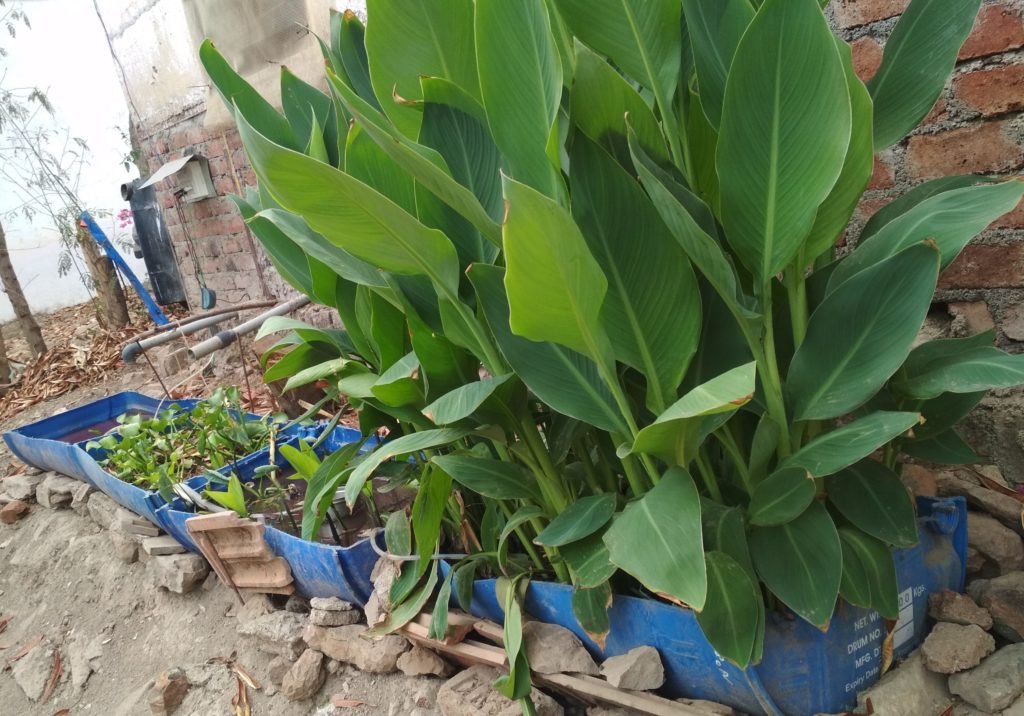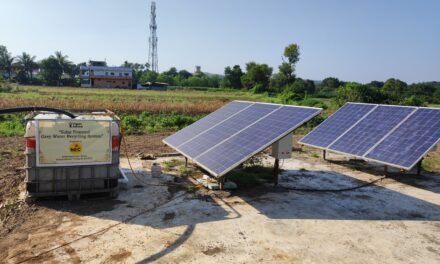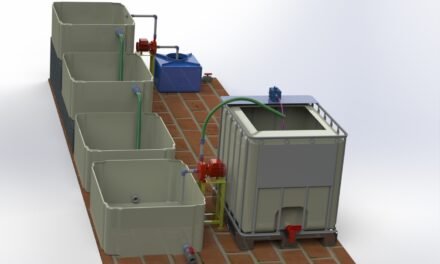Objective of Waste Water Treatment
- To extract pollutants, remove toxicants, neutralise coarse particles, kill pathogens so that quality of discharged water is improved to reach the permissible level of water to be discharged into water bodies or for agricultural land.
- To reduce organic content i.e. of BOD, COD.
- Recycling and reuse of water
INTRODUCTION
Pabal is a Famine affected village. We always feel the scarcity of water. Therefore, we have found it necessary to recycle water. We have been trying on him for the last five years. Our attempt was to make the bath, the water used in the kitchen, accessible to the plants. However, the bath water was damaged due to the soapy alkali in the bath water and utensils, laundry water. We studied water recycling systems in the market. Such built-in systems were very expensive and could not be financially viable. So from the students’ project we created a kitchen water recycling system. But we failed. The smell of sewage, water leakages in the pipe line, etc. Problems started to arise. This was a challenge for us. Then after another study we created a water recycling system for the hostel. But this time also, we failed. The system did not work due to the smell of water and the leakage of water.
Every year we have to look at the trees that are planted every year in Pabal, who have died due to lack of water each summer. Many of these places were closed. So without understanding the whole question and the science behind it, we didn’t feel right.
With Dixit sir of the Ashram started working on this question with the help of me. Initially, it was decided to recycle the water in the house of Dixit. Using a small plastic drum, the bathroom and utensils in the headroom began to combine with washing water. COD – chemical oxygen demand means that for the oxidation of aqueous components, how much oxygen is needed? The ratio is. If the COD of water is less than 250, water can be released into the river. We began to take measures to reduce the COD of our water. There are mainly two types of oxygen uptake in water. The first is to add air to the water and secondly to grow plants that will absorb water intake.
To do this, we created a small practice set up. Putting small pumps mixing water bubbles into the drum. So the outside air mixed with the water. We found statistical information on how much time it takes to mix water to reduce COD. We put in water hyacinth, Canna Indica, Tarrow leaves, Azolla in 3 separate drums. So we got data about which plants clean the water quickly. After various attempts, we started to get water that was completely gone and with less COD than river water. Initially, Dixit sir was doing all the work of moving the water from the drum, taking it to the bathroom.
Electronic pumps were created to turn the water pump at the right time. Water tests but we started doing ashram.
The result of all this is that we initially realized the mistakes we made in the water purification process. Then we visited the water reuse projects of some of the reputed organizations. That gave us confidence in our inference

Then with the help of the new students and based on the information documented by the previous students, we designed a new recycling system for the ashram. When making a new arrangement, the slope of our space, the availability of water, the use of recycled water. Designed based on cost. Using the slope of our space, the siphon method kept the water moving back and forth.
Separate food particles contained in the kitchen with water, facilitated the removal. Using solar power, the pumps and timers facilitate the rotation of water at the right time. The result of all this is that now 1000 liters of water is being recycled every day in the Ashram kitchen. Water does not smell. We provide the right COD water to the plants. The production of tea on this water is becoming possible. Not only that, during the 2019 drought but our plants got water.
Can anyone say what is special about it? Many water recycling systems are in the market. But at Ashram, we understood the science and designed the system according to our needs and our needs. These low-power systems will also work for small houses and bungalows. Now using this knowledge, we are helping other Ashram schools to manage water as well.
Now we are developing a larger system for the ashram hostel.





